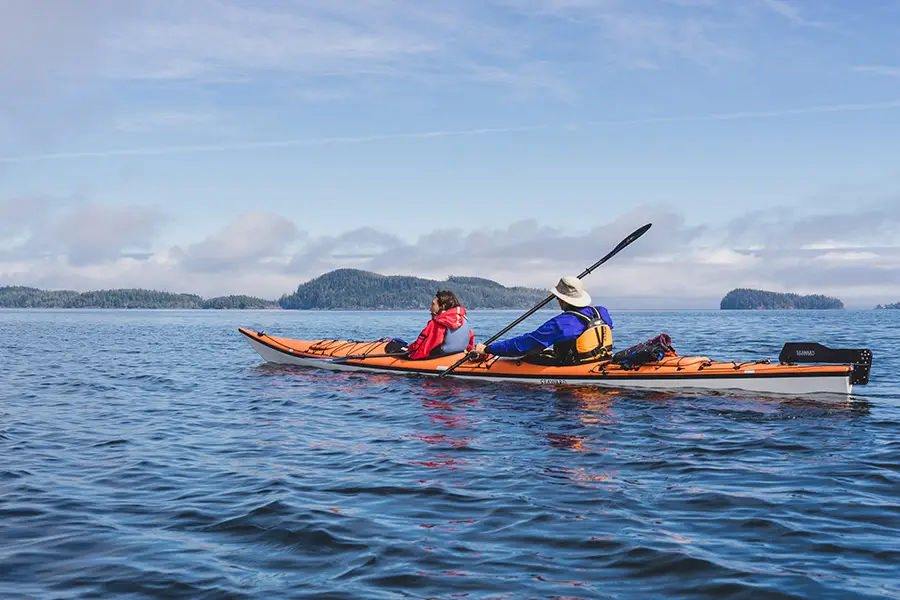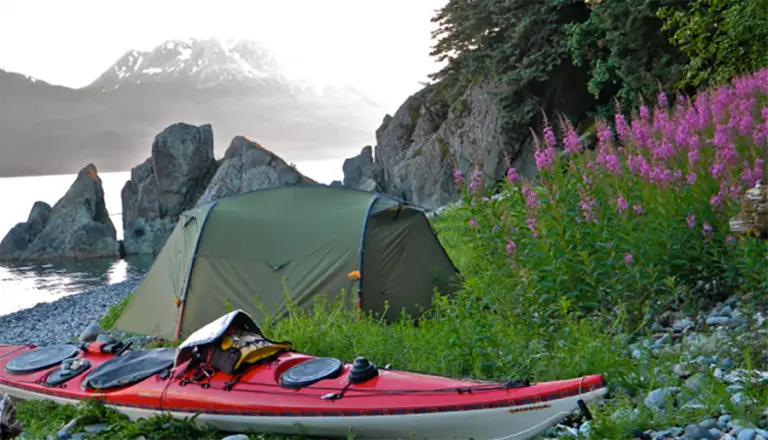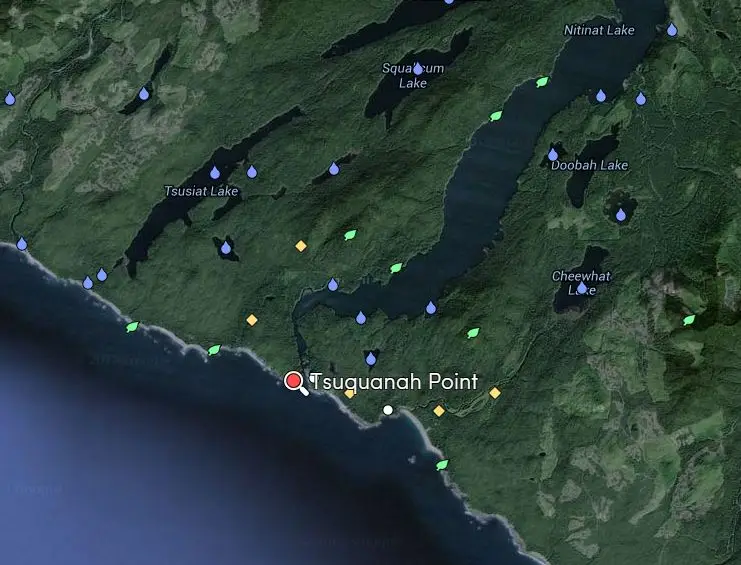Our History
1990: BCMTA
In the 1990s, Peter McGee, author of Kayak Routes of the Pacific Northwest Coast, introduced the concept of a linear route connecting Washington State to Alaska. To make this vision a reality, he gathered support within the paddling community and formed the BC Marine Trails Association (BCMTA). This group created our first two sites: a campsite at Blackberry Point on Valdez Island, complete with a fine composting toilet, and a rest stop on Saltspring Island. Despite enormous support from paddlers and companies, funding constraints and limited public interest meant the time was not quite right for BCMTA to take hold and the association folded. However, the concept of marine trails did not die.


2007 - 2015
Fast forward to 2007. With increasing private and commercial interest in limited site locations, the need for advocacy to protect public access to these places continued to grow. In March 2009, the BC Marine Trails Network Association (BCMTNA) was formed as a society. Composed of 8 directors and a ‘task force’ of representatives from 9 paddling clubs and other advisors, and led by then president, Stephanie Meinke, the BCMTNA began the massive task of identifying potential sites along the BC coastline, estimated to be over 27,000 km in length.
It’s important to note that the first association was trying to connect Washington State to Alaska through a long trail called the Inside Passage Marine Trail. The current association is a ‘network of trails’.
2015 - 2023
In 2015/2016 the BCMT was reorganized into committees: Trails Development, Stewardship and Communications under the leadership of Paul Grey and board members. Concurrently, BCMT finances were re-organized online with the help of our longtime treasurer, Robert Holley. In 2016, the BCMT also received its charitable status.
Between 2018 and 2020 Paul and John Kimantas developed the concept of the BCMT’s three pillars: Safe and contiguous trails (trails development), First Nations engagement and Stewardship, later renamed Protecting our Coast. These three pillars, today, are fundamental to how the BCMT’s core committees work together.
The First Nations Working Group was also established in 2018; and a First Nations liaison was hired in 2019 to begin an active engagement program. The FNWG was made a standing committee in 2022 and renamed the First Nations Engagement Committee. The BCMT recognized that strong and respectful relationships with First Nations will allow paddlers to confidently pursue travel along the BC coast.
